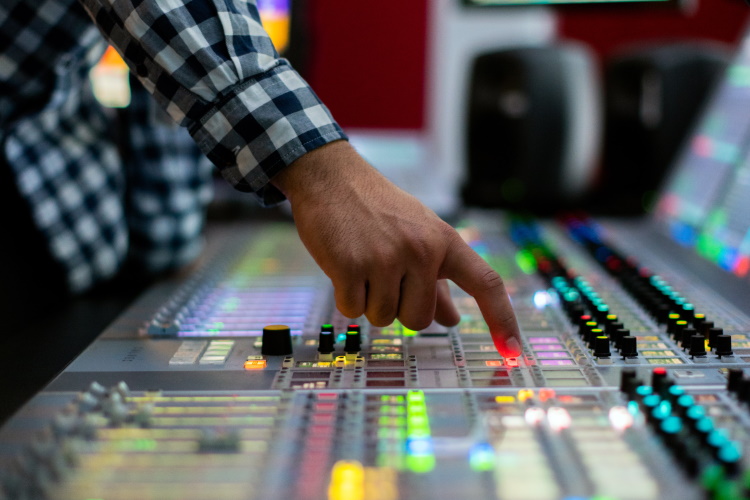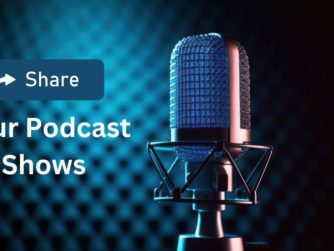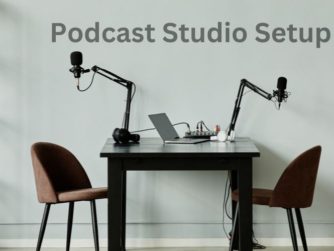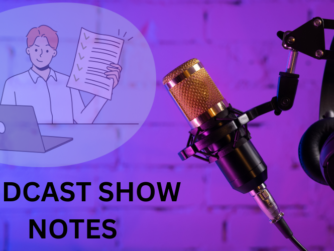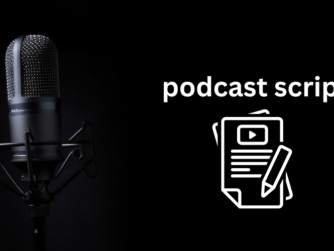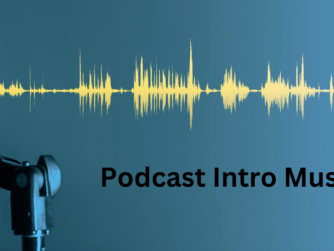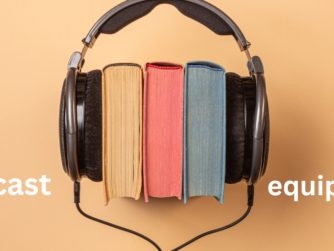Hardware You Need For Your Podcasts :
It’s an excellent moment to explore this medium since podcasts are gaining traction among media businesses. The Wall Street Journal said that Spotify has gained exclusive rights to broadcast the extremely popular podcast The Joe Rogan Experience, a transaction that might be “worth more than $100 million.” And, most recently, Apple acquired The Zane Lowe Interview Series to add to its podcast repertoire. Let’s see which hardware you need for your podcasts.
Improvements in hardware and software technologies have drastically altered how podcasts are conceived, made, produced, and distributed. Furthermore, computers, desktops, tablets, phones, and other devices now have more powerful CPUs and other characteristics that make it simple to create podcasts. There are even innovative, low-cost solutions to ensure that your surroundings aid in the production of high-quality audio.
Audio Devices
Your budget will be the most important aspect in selecting what equipment you choose. You’ll also need to determine how large your recording equipment needs to be: If you don’t have to record in a certain area, you may set up a configuration that allows you to record and edit in a single room or even a portion of a room would do. However, if you need to record in the field, you will most certainly want extra equipment.
Each podcaster will have to decide what is necessary and what is optional. The list below will give you an idea of what you’ll need to get started.
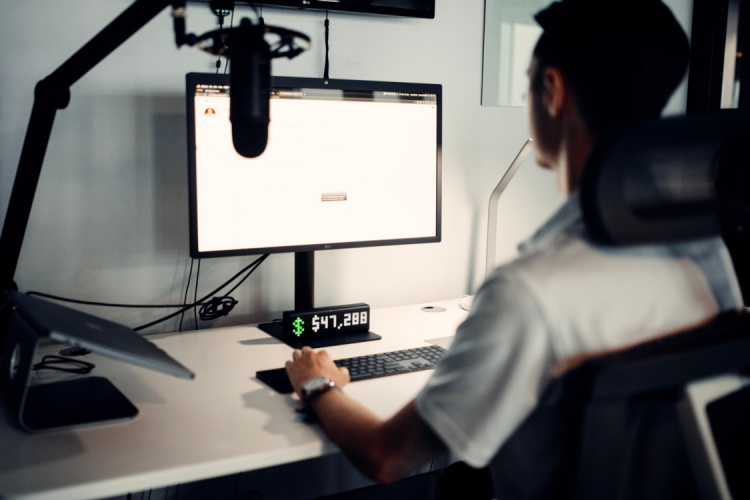
Microphones
The microphone is the most critical piece of podcasting equipment since it is responsible for replicating the voices you’ll use on the programme.
Condenser vs. dynamic microphone: Podcasters can choose between two types of microphones: dynamic and condenser. Dynamic microphones were historically more durable and did not take up as much ambient noise as condenser microphones, which are often more sensitive and generate higher output. Condenser microphones are wonderful for studios, but they may take up too much ambient sound in the field. Dynamic microphones may mask certain pops or wind noise, but they may not produce as detailed audio.
USB vs. XLR mic: If you only want to utilise one microphone with your computer and are on a small budget, a USB mic is a perfect option: The mic has a preamp and an A/D converter. In reality, all you have to do is hook it into your computer and launch your DAW (digital audio workstation). XLR microphones, which transmit an analogue signal, have a greater range of models, but they require an audio interface to connect to a computer.
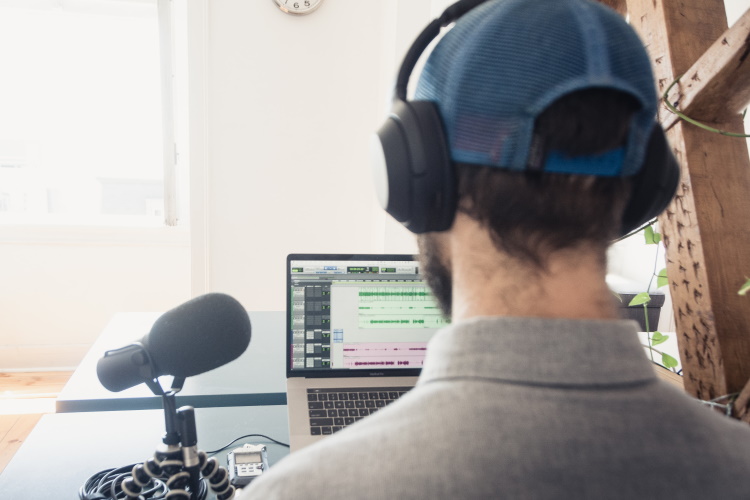
Headphones
There are many different types of headphones on the market, with prices ranging from $20 for a modest set of earbuds to more than $2,000 for select Sennheiser and Audeze models. It’s critical that you buy the best-sounding headphones you can afford because you’ll be using them to monitor your audio in real-time and listen to your show’s replay. But you’ll also want to make sure they’re at ease. Online reviews can help you locate both quality and comfort. An over-the-ear closed design is best for podcasting since it stops audio from seeping out of the earcup and being caught up by your microphone.
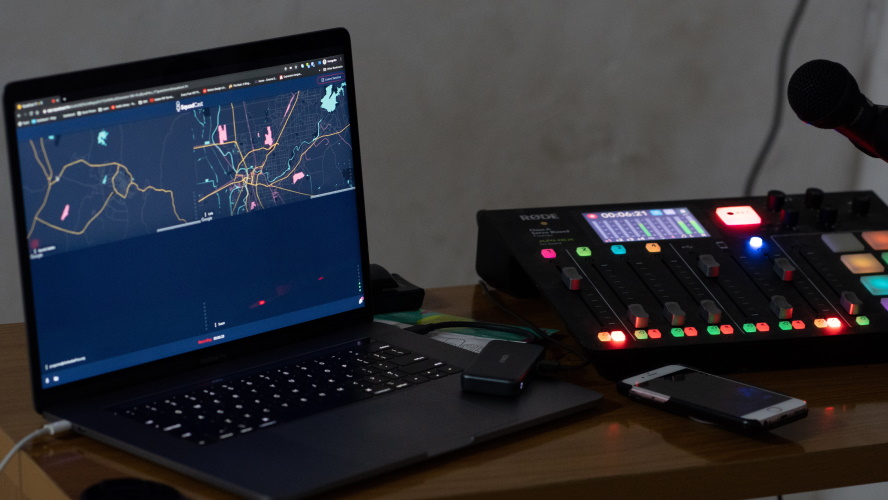
PCs, Audio Interfaces & Mixing Boards
A computer that helps you edit, an audio interface that converts analogue audio signals from your XLR microphone into digital signals and mixing boards — all to help you put your podcast together. A pop filter may make a significant impact on the quality of your audio. It’s a screen that fits in front of your microphone to keep air from generating popping sounds in your audio. You should also invest in well-designed microphone stands for your studio. When you’re out in the field, bring good-quality backpacks and cases to protect your audio gear from the weather. There are also some fantastic mobile accessories available that allow you to optimise and even increase the audio quality of your phone or tablet, such as small microphones and audio interfaces intended exclusively for mobile devices. Finally, a portable audio recorder is quite beneficial while recording in the field or on-site.
All that’s left to do now is get podcasting!



